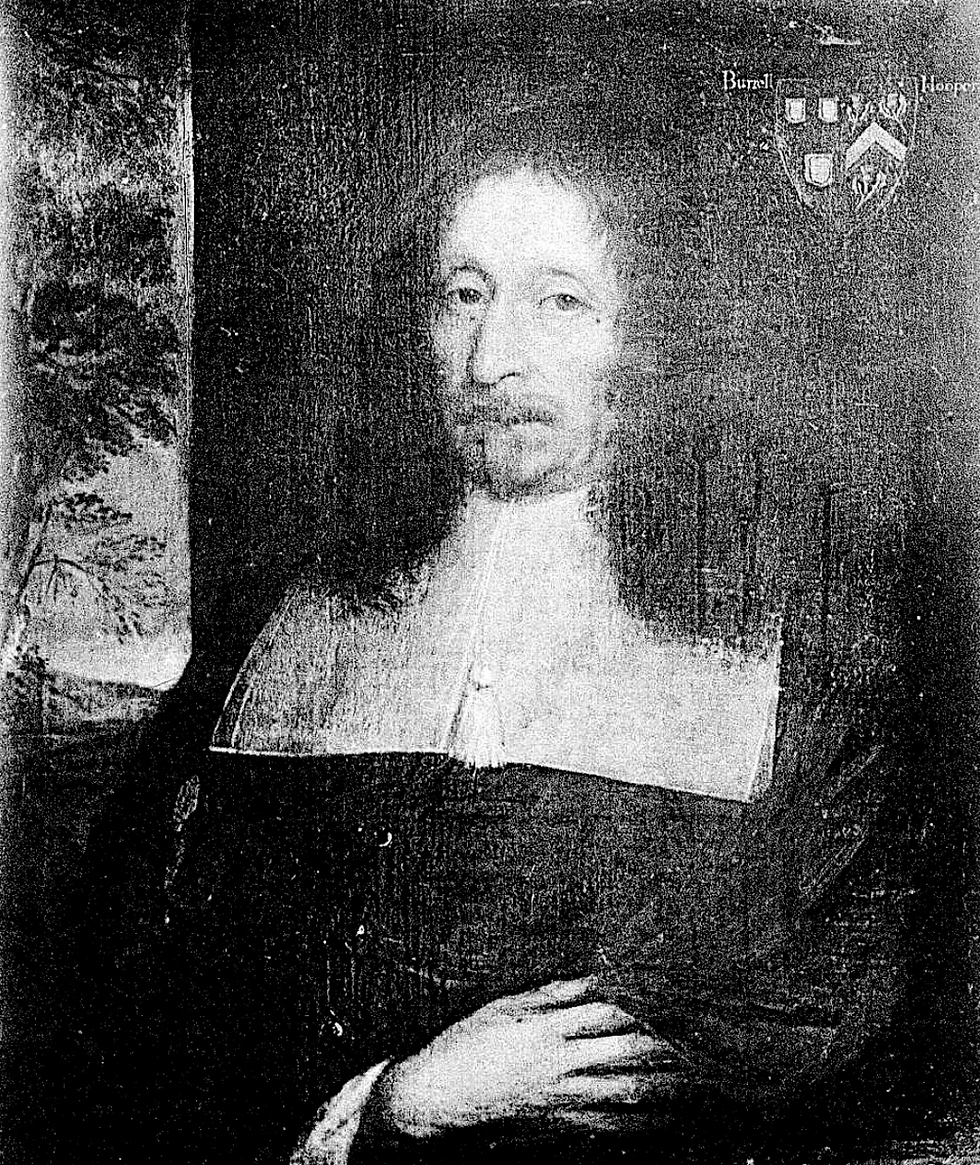2003: A History of Cuckfield (part one) - from the Age of the dinosaur to the reign of Elizabeth I
- andyrevell

- Jun 15, 2022
- 3 min read
The History of Cuckfield Part One (Cuckfield Society 2003)
A resident of 20th century (or 21st century) Cuckfield, getting out of her/his motorcar in the High Street could hardly have known the 200 million years s/he would have stepped onto a vast windswept desert. If s/he had accidentally arrived 150 million years later s/he would have thought her himself in the tropics, with palm trees, crocodiles and early mammals resembling the hippopotamus. Had our time traveller resident blown in with William the Conqueror in 1066 s/he would have found a vast Wealden forest with Cuckfield just a small clearing. This is the same clearing, which had seen the Celtic farmers and Roman road builders.
Having, by battle, become the ruler of Saxon England, William, Duke of Normandy, divided Sussex into six parcels of land called Rapes. The Rape of Lewes was given to his son-in-law, William de Warrennne – later Earl Warren.
From his home in Lewes Castle, Earl Warren rode and hunted in the great forest. He built a hunting lodge and a chapel in the clearing now known as Cuckfield. The chapel was run by the monks of Saint Pancras, Lewes, who had it as a gift from Warren. The gift was confirmed by the Earl’s son and the charter for it, dated 1092, can be seen to this day in the Public Record Office in London.
Copies of the Charter of this time have spellings Kuckefield, Cukefelda and Cucufelda. Translations are various including 'a clearing in the forest (of Andredsweald)', 'haunt of cuckoos' and ‘land surrounded by a quickset hedge’.
Under the feudal system Cuckfield was governed from Lewes with bailiffs exercising authority over the serfs. By 1255 Cuckfield had become a centre of local trade, and King Henry III granted a Royal Charter to Earl Warren to charge dues for a weekly market on Tuesdays, and a yearly fair on September 8th and 9th. This charter was replaced in 1313 by another grant for a market on Mondays, and an annual fare for three days on the eve, day and morrow of the Holy Trinity. A list of taxpayers of 1327 preserved in the Record Office proved that there were 30 substantial property owners in Cuckfield at this time.
With the end of the Middle Ages, the feudal landlords were replaced by the rich ironmasters, owners of 144 forges in the Weald of Sussex. One forge lay south of Cuckfield churchyard and the site of the others can be traced by hammer ponds like those of Slaugham and Horsted Keynes. Iron masters Walter Burrell and Henry Bowyer built Ockenden Manor and Cuckfield Park respectively.

By night the Weald in this period was illuminated by the lights of hundreds of charcoal fires. When the Spanish armada threatened, many of the guns of the British fleet were cast in the Weald and some 200 Sussex men went out to serve their cannon on the high seas.
The Act of Uniformity of 1559 in the reign of Queen Elizabeth I established the Church of England by law and the parish church with its vicar, vestry and churchwardens became the centre of local government.
Official documents like Wills and Accounts of the Overseers of the Poor were kept in the parish chest with keys held by the churchwardens.
Thomas Cromwell, in the reign of Henry VIII, had appointed the churchwardens as registrars of baptisms, marriages and burials to be recorded each Sunday and in 1598 Queen Elizabeth ordered them to keep the registers in parchment books. The registers for Cuckfield from that year are now in the church. They record, for example, baptism in 1630 of Thomas, son of Thomas Burtenshaw, whose descendants are still living in Cuckfield.
Extract from 'This is Cuckfield' by the Cuckfield Society 1967
A History of Cuckfield Part II to follow..






Comments